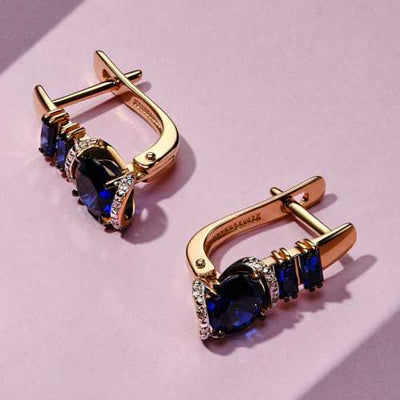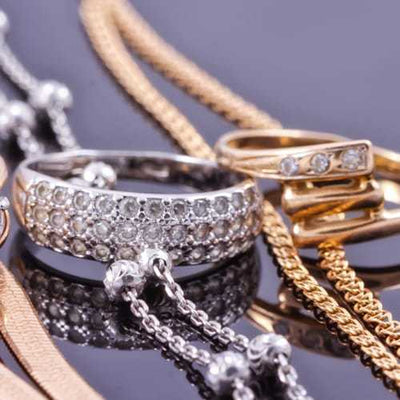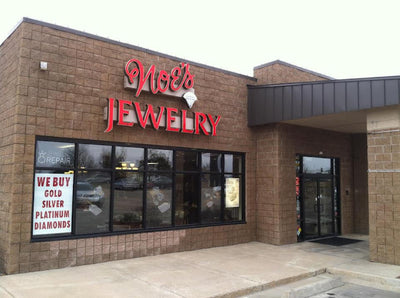The bright yellow-orange hue of citrine is hard to miss. At Noe’s Jewelry, we encourage our Kansas City customers to consider citrine when looking for a yellowish gemstone at a lower price point than fancy yellow diamonds or topaz.
What is Citrine?
Citrine is a yellow variety of quartz, making it the cousin of the brilliant purple gemstone amethyst. The sunshiny range of colors starts with a light straw tone and can be almost as dark as brown in some instances. Orange hues are also possible.
Trace amounts of iron are responsible for the yellow-to-orange coloring of citrine. However, some citrine is the result of heat-treating amethyst to get the correct color.
Types of Citrine
There are many different kinds of citrine. Here is a quick breakdown of some of the most popular citrine types:
- Yellow Citrine: Lemony yellow-colored citrine, which may also be called Lemon Citrine.
- Golden Citrine: Citrine with a golden yellow hue.
- Madeira Citrine: The most sought-after citrine that ranges in color from golden orange to reddish-brown.
- Fire Citrine: A highly desirable deep red-orange citrine that is heat-treated quartz from the Linha Estefania Mine in Brazil.
- Palmeria Citrine: A bright orange citrine.
Where Is Citrine Found?
Since quartz is the second most common mineral found in the earth’s crust, you can find it in many different places. Two of the most common places to find these gems are Brazil and Uruguay. Other South American countries also supply natural citrine.
Citrine is found in igneous, metamorphic, and sedimentary rocks on sites where volcanic activity previously occurred, so you can also find it in Africa, Russia, Europe, and the United States.
4 C’s of Citrine

Like diamonds and other gemstones, citrine is graded using the 4 C’s. Here are the 4 C’s of this beautiful stone.
Color
The most valuable citrine colors are highly saturated yellow, orange, and reddish tones. Pale or smoky toned citrine gemstones tend to cost the least.Clarity
The clarity for citrine should be eye-clean, meaning there are no visible blemishes or cracks in or on the stone. Fortunately, the stone naturally tends to be very clear; however, this means that the evenness of the stone’s color becomes the most crucial clarity factor. A high-quality citrine will have no zoning or color variations.Cut
Since citrine is relatively hard (7 on the Mohs scale), it can be cut into nearly any shape for any fitting. If you want to experiment with different gemstone cuts, this is a good stone to use as a guinea pig.Carat
These stones are available in large sizes, and they are relatively inexpensive compared to many other gemstones due to their wide availability.
The largest citrine in the world comes from Brazil and weighs 2,258 carats. You can find this giant gem at the Smithsonian Museum.
Caring for Citrine
Citrine is fairly easy to care for. The most effective way to clean these stones is with warm soapy water and a soft-bristled brush. However, citrine can be cleaned in an ultrasonic clean as long as it hasn’t been dyed or fractured. You should never put a citrine gemstone in a steam cleaner because these stones shouldn’t be subjected to high temperatures.
Check out the other stones in our Gemstone Series Guides:





